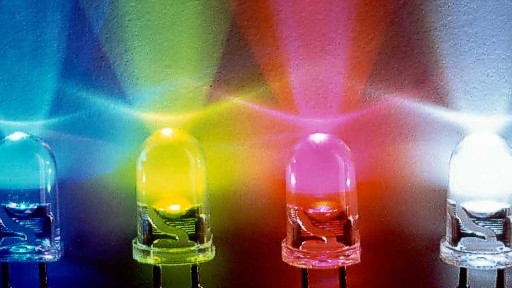The continuous increase in power usage within the country has resulted in electricity related sectors coming out to promote a reduction in electricity consumption, so as to create a stable power supply throughout Thailand.
At present, the rise in electricity consumption continues unabated, while developing new power supplies gets harder due to the limited availability of property suitable for a new power plant. A further complication is the difficulty of gaining acceptance from the people within a community before and after a new plant is built.
 |
|
LED lights. (Photo Courtesy of National News Bureau of Thailand) |
Thailand’s Ministry of Energy has set up a plan to manage the country's power supply, by fully supporting clean and renewable energy resources. This encourages the public to purchase energy efficient electrical appliances, preferably with an attached energy efficiency label No.5, as issued by the Ministry of Energy. The Ministry also supports the usage of LED lighting instead of ordinary light bulbs.
Areepong Bhoocha-Oom, Permanent Secretary, Ministry of Energy indicated that there has been an ongoing increase in power consumption within the country of 3 percent every year. However the biggest electricity use is in residential areas where there has been a continuous increase of power consumption of 4.3 percent annually. Areepong added that it's time the people of Thailand realized the situation and came to appreciate the value of energy. Residents are also encouraged to move to using LED lighting, as the amount of light produced is equal to that of a normal light bulb but is 50 percent more efficient.
Meanwhile the Energy Generating Authority of Thailand (EGAT) has continued to work on several power reduction projects such as changing 4,266 street lights to LED lighting, which helps reduce the power usage by 3.6 million units per year. That's a saving in public expenditure of about 10 million Baht annually, and also helps reduce carbon dioxide (CO2) emissions by 1,860 tons a year.
If in the future, everyone turned to LED lighting as a viable alternative to excessive power consumption, it is estimated that it would help reduce energy usage by 300 million units a year.





 CN
TW
EN
CN
TW
EN






